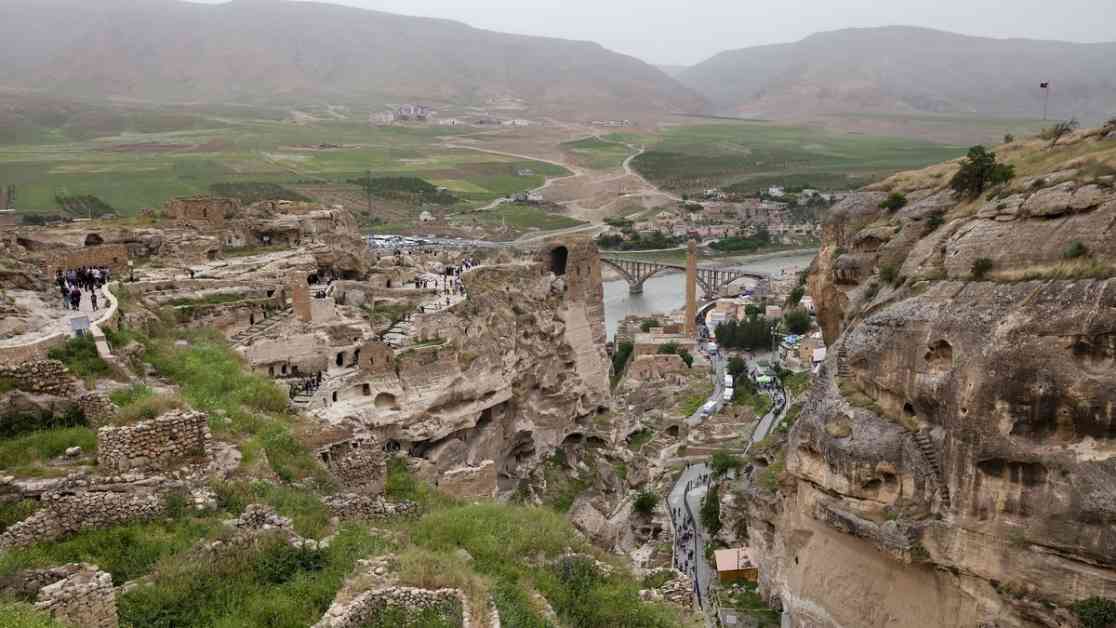Archaeologists in southeastern Turkey have made an exciting discovery of a fourth-century Roman military structure at Hasankeyf, a historic site that has been continuously inhabited for over 10,000 years. This newly uncovered fort confirms historical records of the construction during the reign of Emperor Constantius II.
The fort, believed to have been called Cepha in ancient times, was strategically built by the Romans to patrol the empire’s border with Persia. The discovery was made by a team of researchers led by art historian Zekai Erdal from Mardin Artuklu University. By consulting with Roman architecture experts, Erdal was able to identify the large stones as remnants of the “opus isodomum” wall construction technique, a method not commonly found in the provinces of the Roman Empire.
While much remains unknown about the ancient fort, archaeological excavations at Hasankeyf have unearthed artifacts from various time periods, including a clay horse figurine from the Iron Age, floral frescoes from the 13th to 14th centuries, and Muslim coffins from the Ottoman period. In a recent excavation, Erdal’s team also found an 800-year-old “healing bowl” with inscribed spells used in folk medicine, along with bone rings and agate stones likely used by archers in the Middle Ages for finger protection.
Despite the construction of the Il?su Dam on the Tigris River, which flooded parts of Hasankeyf in 2018, efforts have been made to relocate ancient structures and artifacts to the Archeopark area to preserve them in an open-air museum. According to Erdal, only the lower part of Hasankeyf was affected by the dam, while the upper part, including the citadel and fort, remains intact.
The discovery of this Roman fort at Hasankeyf adds to the rich history of the site, which has seen the rise and fall of various civilizations over millennia. As archaeologists continue to uncover more about the ancient past of Hasankeyf, the story of this remarkable settlement is sure to captivate historians and enthusiasts alike.










